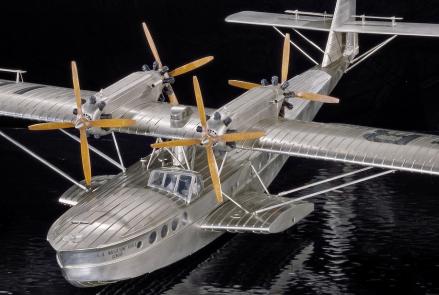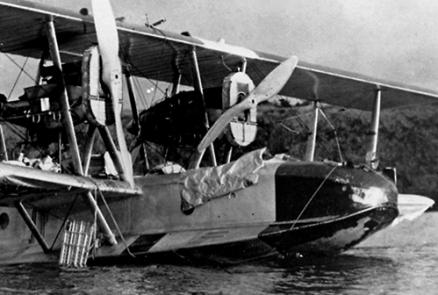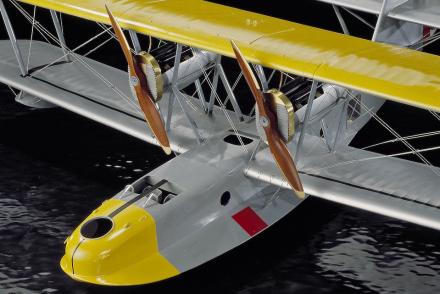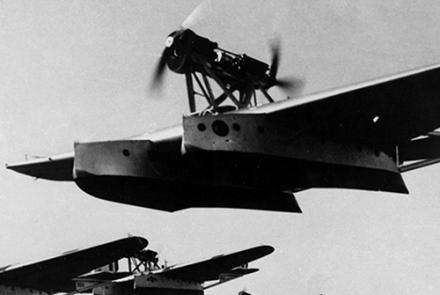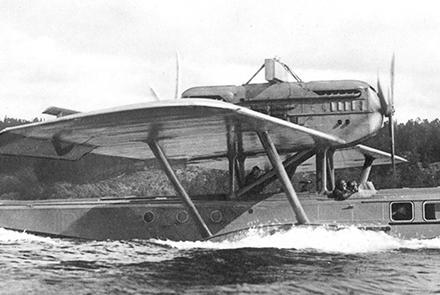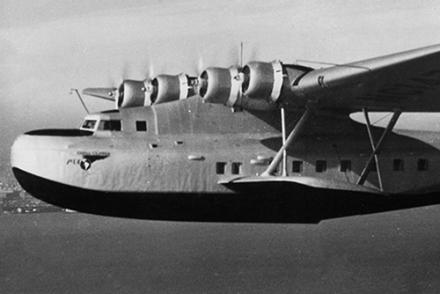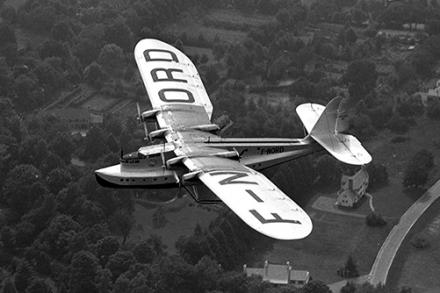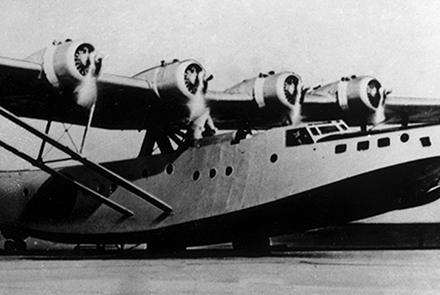Flying boats spearheaded aerial exploration and overseas transport in the 1920s and ’30s and opened the era of regular transoceanic flights.
Although landplanes and airships had the range to cross oceans, explorers, airlines, and military aircrews often preferred flying boats. With runways few and far between in most countries, flying boats could land in almost any sheltered stretch of water. They also made in-flight emergencies over the open ocean much more survivable. Still, navigating across an ocean in any type of aircraft was difficult and often perilous.
Why Did Nations Take the Risk?
Many nations took on the challenge of navigating across the ocean by air. Between the world wars, the United States and many European countries competed for national prestige by setting new transoceanic records, establishing overseas airline service, connecting colonial possessions, and demonstrating military power.
In peacetime, these achievements showed how far aviation had come in only a few years. But as war broke out again, the ability to cross oceans by air meant that no nation was safe from attack.





